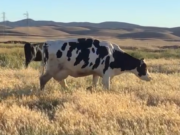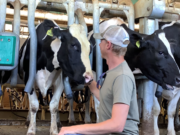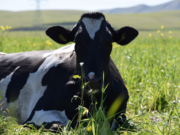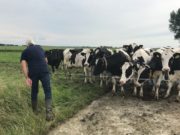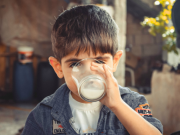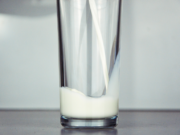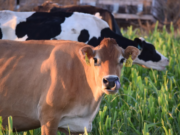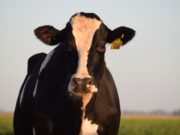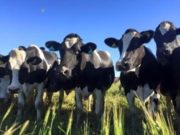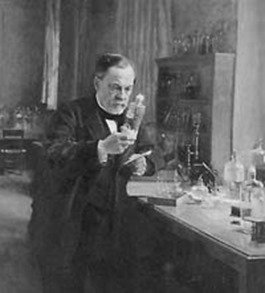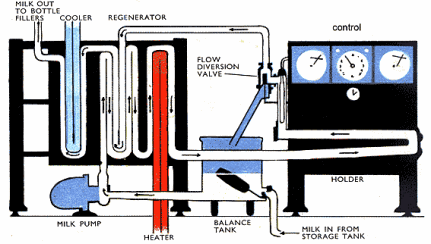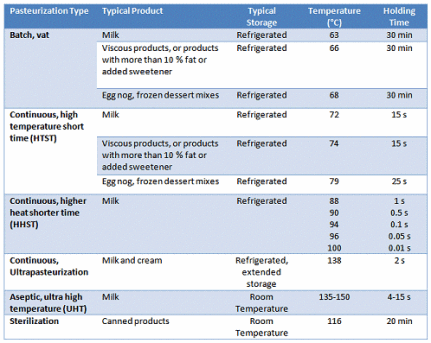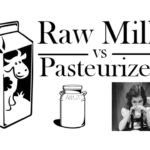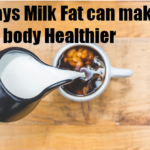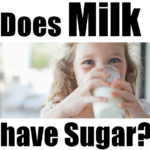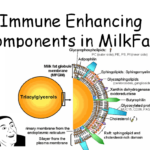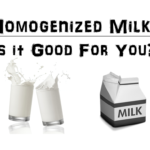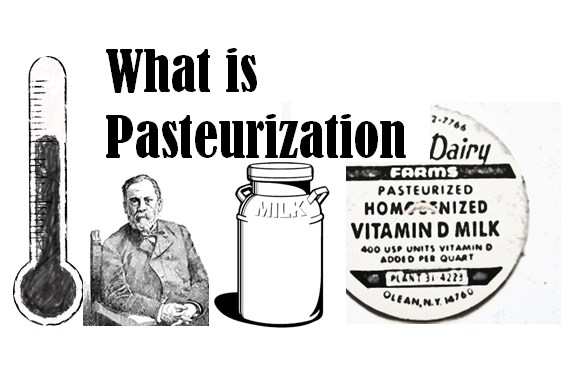
During the 19th and 20th century, food borne illnesses became rampant. While milk is a perfect food for people, it’s also a perfect food for bacteria. With more and more people moving to cities, and getting more distant from the source of their food, it became more important to solve spoilage issues, and extend the shelf life of foods. Our food distribution systems were having new problems.
In 1938, milk and dairy products were the source of 25% of all food and waterborne illnesses. (source) We needed a way to slow the growth of bacteria to provide a safe product for people to consume. With the development of pasteurization, milk and dairy products today account for less than 1% of all food and waterborne illnesses.
Wondering which milk is better – raw or pasteurized. Read my article Raw Milk vs. Pasteurized Milk
History of Pasteurization
Louis Pasteur (1822-1895), a French scientist, was the founder of the science of bacteriology, initiated the war on bugs, and was the inventor of pasteurization. He discovered that heating milk would reduce the amount of bacteria that caused spoilage in milk.
The process of heating or boiling milk for health benefits was recognized since the early 1800s and was used to reduce milk borne illness and mortality in infants in the late 1800s. As society industrialized around the turn of the 20th century, increased milk production and distribution over greater distances led to outbreaks of milk borne diseases. Common milk borne illnesses during that time were:
- Typhoid fever
- Scarlet fever
- Septic sore throat
- Diphtheria
- Consumption
- Diarrheal diseases.
These illnesses were virtually eliminated with the commercial implementation of pasteurization, in combination with improved management practices on dairy farms and other parts of the supply chain.
Interestingly, pasteurization was developed by Louis Pasteur in 1864 to improve the keeping qualities of wine, and was later adapted to dairy. Commercial pasteurization of milk began in the early 1900s in the United States. Chicago became the first city to require pasteurization of milk in 1908, and Michigan was the first state in 1947.
Pasteurization is done for 2 reasons:
- Destroy harmful bacteria that may cause illness (food safety)
- To increase the keeping quality of milk (increased shelf-life)
Pasteurization of dairy products is now required, and heavily regulated. The Grade A, Pasteurized Milk Ordinance (PMO) is the regulatory guideline enforced by the U.S. Departments of Health and Human Services and Public Health, and the Food and Drug Administration. Each state regulates milk processing within their own state, but dairy products must meet the regulations stated in the PMO.
The process
How a pasteurizer works
There are many different types of pasteurization, but today most dairy plants use a type of pasteurization called HTST which stands for High Temperature, Short Time. In the HTST process, milk heated to 72 °C (161 °F) for 15 seconds. The process is designed to heat the milk evenly so no part of the milk is subject to a shorter or longer time or lower temperature. Nothing is added to the milk during pasteurization, and the only change that pasteurization does is heating the milk.
The process is quite effective at reducing bacteria, and achieves a five-log reduction which is fancy language for saying that pasteurization kills 99.999% of the number of viable micro-organisms in milk. (source) Pasteurization destroys almost all yeasts, molds, and common bacteria that cause spoilage in milk.
The process has proved to be very effective in increasing the safety of milk, and has eliminated the spread of diseases through milk.
Various types of pasteurization (source)

